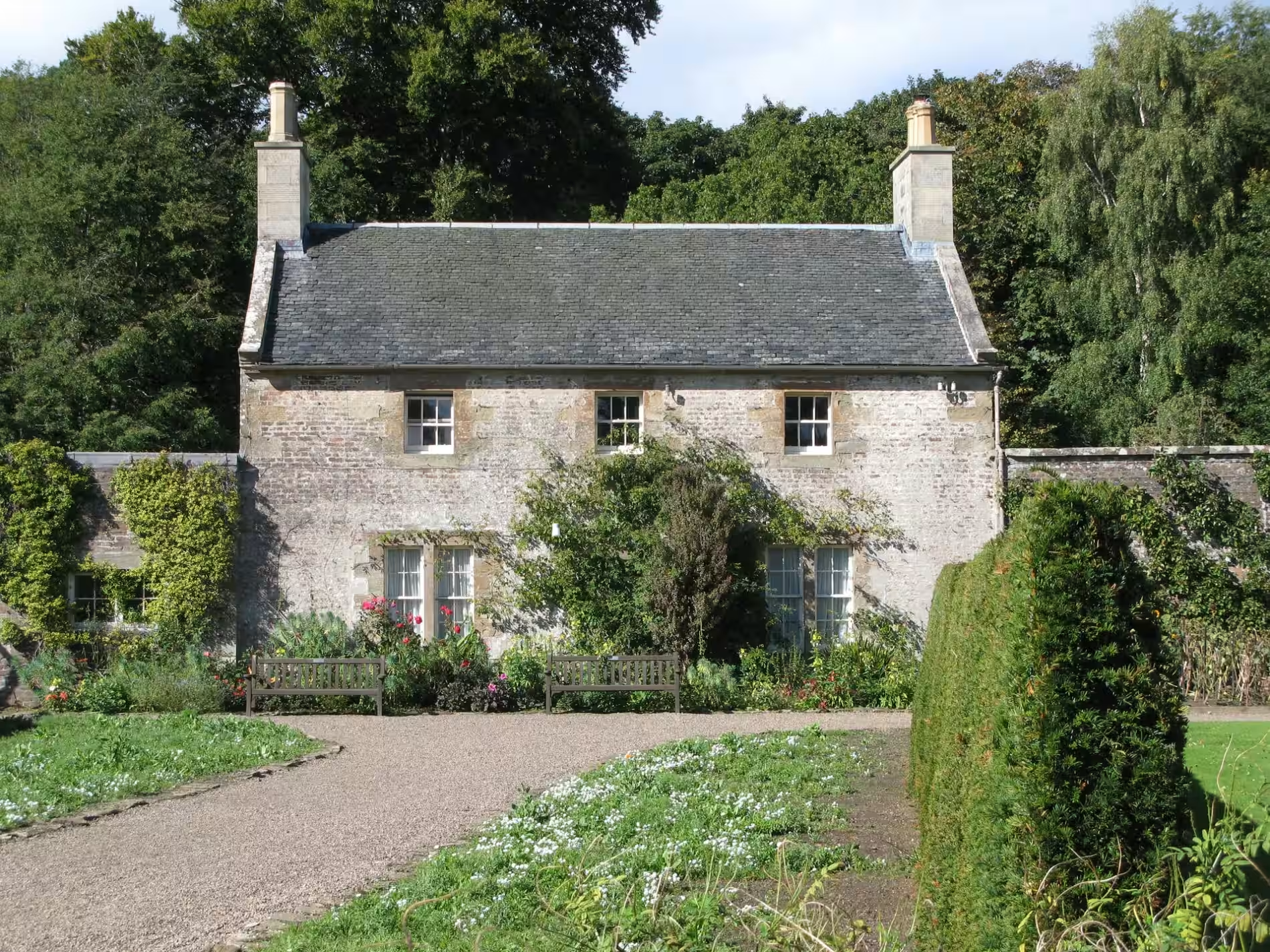What You Can & Can’t Do With Your Grade 2 Listed Building
There are around 370,337 Grade II listed buildings in the UK, according to The National Heritage List for England. Of all the Grades, the majority of properties are Grade II. This might be surprising, but they are more common than you might think.
Grade II listed buildings are protected by law, and any changes to their appearance or use must be approved by the local planning authority. It can be tricky to navigate the rules, so we have put together this guide to help you understand what you can and can’t do with your Grade II listed building.
What is a Grade II Listed Building?
Grade II listed buildings are those that are considered to be of significance, warranting greater protection than other buildings. They have been designated as buildings of special architectural or historical interest by the UK Government’s Department for Culture, Media and Sport. You can view the principles of selection for protected buildings on the Government website.
Buildings that are categorised as Grade II must be renovated and kept according to the law. This is to ensure that the building will not be damaged, destroyed, or modernised.
Consent for Grade II Listed Buildings
If your property is a Grade II listed building, you will need to apply for listed building consent from your local planning authority before carrying out any alterations or repairs. This guide from Historic England will help you to understand the process.
The planning authority will consider whether the proposed works would adversely affect the character or appearance of the listed building, and whether they are necessary for the proper maintenance or preservation of the building.
This is something to consider if you are planning to buy a Grade II listed building, as there are some alterations which may not be approved.
What you can do with a Grade II Listed Building
Without consent
There are a few things you can do without consent from your local authority. You can maintain your Grade II listed building using like-for-like materials, such as the same paint or wood.
However, it is always safest to check with the authorities, as small fixtures and fittings may be included in the listing.
With consent
- Repairs – if you need to use new materials in order to make a repair, you must first get permission. This may even include updating old appliances.
- Internal alterations – if you’re dreaming of an open-plan kitchen, you will have to put your dreams on hold. Written consent is required for any internal alterations, including movement of walls, fireplaces, door frames, and so on.
- External alterations – replacing windows, doors, and even making changes to the garden require consent, as they could make an immediate impact on the historical accuracy of the building.
- Extensions – whilst it is possible to extend a listed building, the correct materials must be used to keep its character. This can be a lengthy and stressful job, so if possible, hire an architect who understands the legalities.
What you cannot do with a Grade II Listed Building
- A complete renovation – whilst it might sound appealing to rip everything out and start anew, this will never be possible with a Grade II listed building. You must preserve its history, and treat the house with respect.
- Sell the land – Grade II listed buildings are protected by law from property developers. You cannot demolish the house and sell it to a developer.
Read our ultimate guide to listed buildings to find out the characteristics and differences between each type of listed building.
What happens if you make unauthorised repairs without consent?
Failure to ask consent before repairing your Grade II listed property is a criminal offence. You may receive a fine, or in some cases, a prison sentence.
You will also be liable for a listed building enforcement notice, which would allow the authorities to reverse any work which was illegally carried out. You would be responsible for financing the work to change the house back to its original condition.
If you’re interested in insuring your Grade II Listed property, get in touch with our expert team today, and we will help you to find a policy which suits your needs.

